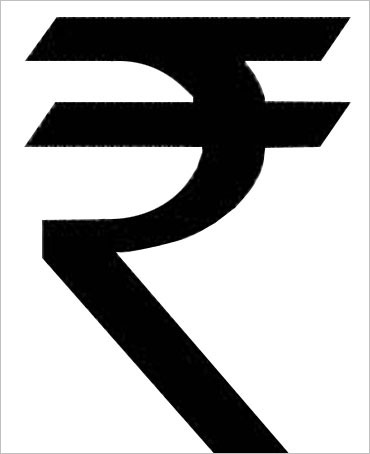
The government of India (like other governments all over the world) has effectively outsourced a major part of tax collection. The corporates deduct income tax from the salary of their employees regularly and hand it over to the government. The government’s dealing with the employees is limited to the income tax return that needs to be filed at the end of the financial year.
The government has also outsourced the collection of service tax to people like me, who are self-employed professionals. We collect service tax on behalf of the government from our clients and hand it over to the government at regular intervals. We are also expected to file service tax returns, regularly.
Recently, during the course of billing a client for service tax as well as Swacch Bharat Cess I had a very interesting experience, which I will share in this column.
On November 6, 2015, the Narendra Modi government decided to implement a Swacch Bharat Cess. The cess amounts to 0.5% on all services, and has pushed up the effective rate of service tax to 14.5%, from the earlier 14%. As the press release announcing the cess pointed out: “the Government has decided to impose, with effect from 15th November 2015, a Swachh Brarat Cess at the rate of 0.5% on all services, which are presently liable to service tax. This will translate into a tax of 50 paisa only on every one hundred rupees worth of taxable services.”
This meant that when I was sending out bills for the month of November 2015, I had to take Swacch Bharat Cess into account as well. One particular client’s bill had amounted to around Rs 30,000. On this I added a service tax of Rs 4200 (14% of Rs 30,000) and a Swacch Bharat Cess of Rs 150 (0.5% of Rs 30,000).
I sent across this bill on December 1. The next day, the accountant called. He tried to explain to me that I had miscalculated the Swacch Bharat Cess. The Swacch Bharat Cess should be Rs 21 and not Rs 150, he said. It took me a while to realise what he was trying to say.
He had essentially considered the cess to be a tax on a tax, like is the case with the education cess that is levied on the income tax that we pay. Education cess is levied at the rate of 2%. There is a secondary and higher education cess of 1% as well. Hence, the total education cess essentially amounts to 3%.
This cess is a tax on a tax. If you happen to come in the 30% tax bracket, then the education cess effectively works out to a tax of 0.9% (3% of 30% income tax rate). If you happen to come in the 20% tax bracket, then the education cess effectively works out to a tax of 0.6% (3% of 20% income tax rate). If you happen to be in the 10% tax bracket, then the education cess effectively works out to a tax of 0.3% (3% of 10% income tax rate).
The accountant was effectively telling me that the Swacch Bharat Cess worked in a similar way, like the education cess. What he was saying is that Swacch Bharat Cess was effectively a 0.5% tax on 14% service tax. This amounts to an effective rate of 0.07% (0.5% multiplied by 14%). In my case the actual Swacch Bharat Cess worked out to Rs 21(0.07% of Rs 30,000, the amount I had billed or 0.5% of Rs 4,200, the service tax that needed to be paid).
Over the next 45 minutes I tried explaining to him that what he was saying was wrong. The Swacch Bharat Cess did not work like the education cess and was not a tax on a tax. He wouldn’t budge. Finally, I gave up and promised to send him a new invoice. The difference between Rs 21 and Rs 150 was Rs 129 per month, and that really wasn’t a very large amount. I could pay it out of my own pocket.
The Swacch Bharat Cess is effectively an additional tax of 0.5%, unlike the education cess which is a tax on a tax. So why has the government called it a cess? Tax collected by the central government needs to be shared with the state governments, a cess does not. That is why the Swacch Bharat Tax has been basically been called Swacch Bharat Cess.
Any additional tax essentially complicates the tax-filing and the tax-collection mechanism, as my dealing with the accountant brings out in a very simple way. While, the amount involved in my case is very small of around Rs 129 per month (or around Rs 1548 per year, if I continue to bill the client Rs 30,000 per month), this may clearly not be the case with others. Further, time and energy are wasted in trying to explain things to others, which clearly isn’t my job. Long story short—any additional tax, essentially ends up complicating the tax system further.
News-reports suggest that the government is now considering a 2% skill cess. This, as per news-reports, will function like the education cess and will be levied on corporate and income tax. Nevertheless, it raises multiple questions. If to develop something as basic as skills, the government needs to implement a cess, what is it doing with all the ‘real’ taxes that it is collecting? Further, the government has set up a committee to suggest simplification of the income tax laws. As explained earlier, every cess/extra tax introduced complicates the law. Hence, if the idea is to simplify the income tax laws, why introduce one more cess? How does the government explain this basic dichotomy?
(Vivek Kaul is the author of the Easy Money trilogy. He can be reached at [email protected])
The column originally appeared on Huffington Post India on Dec 7, 2015